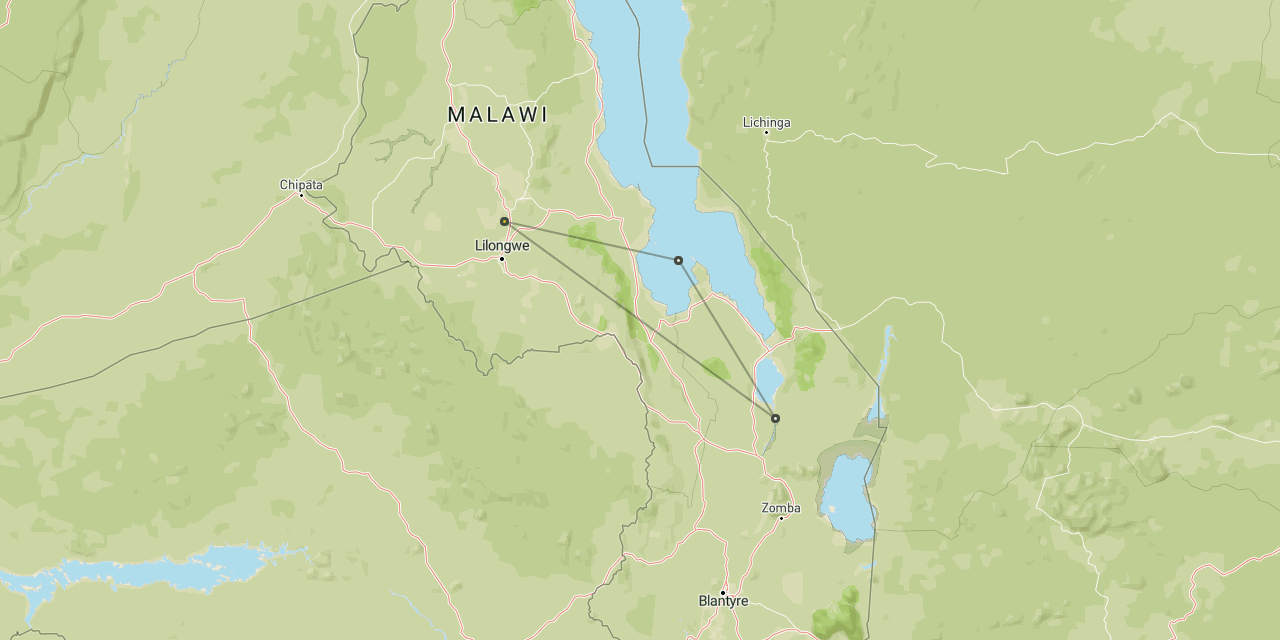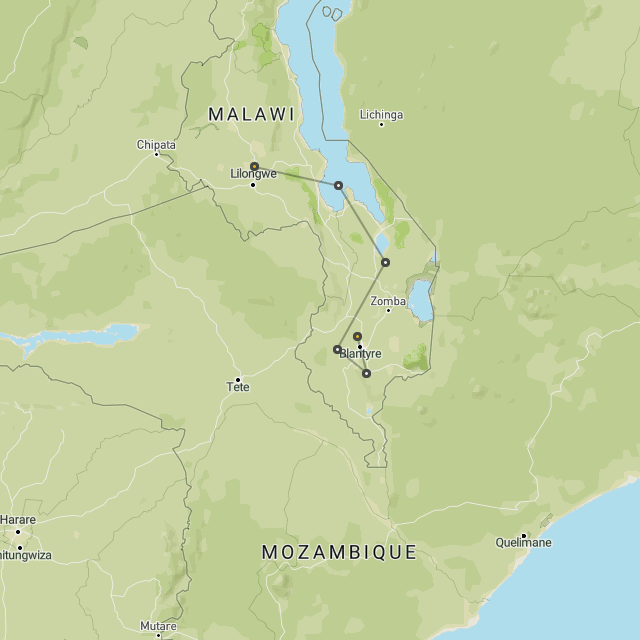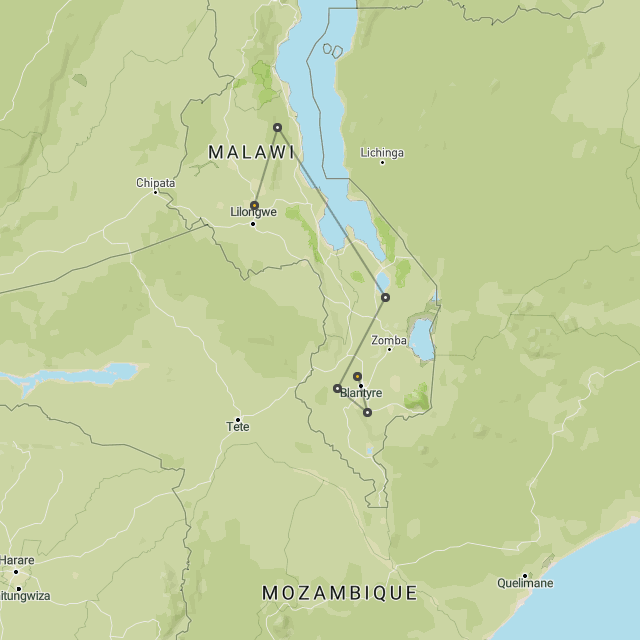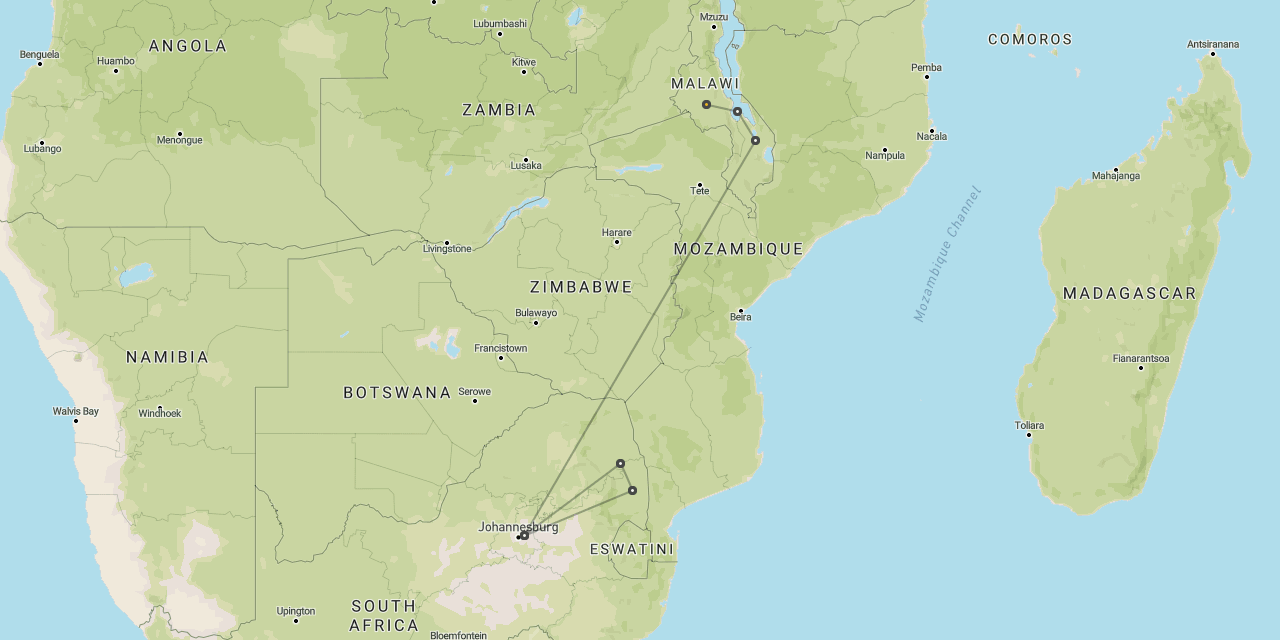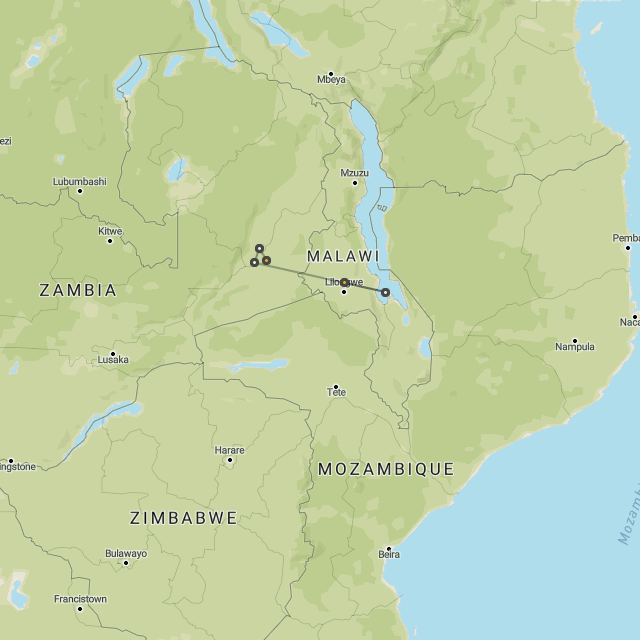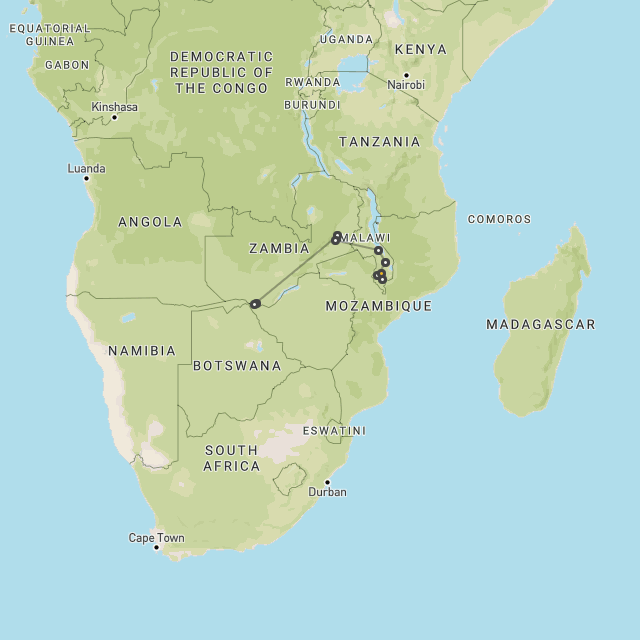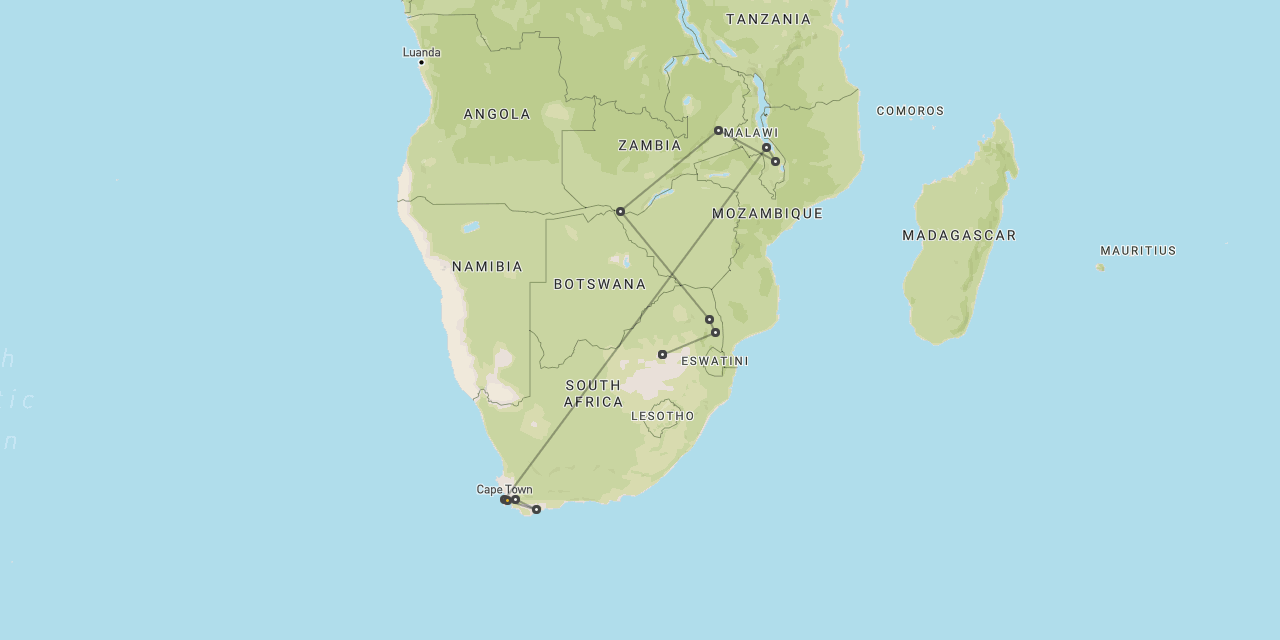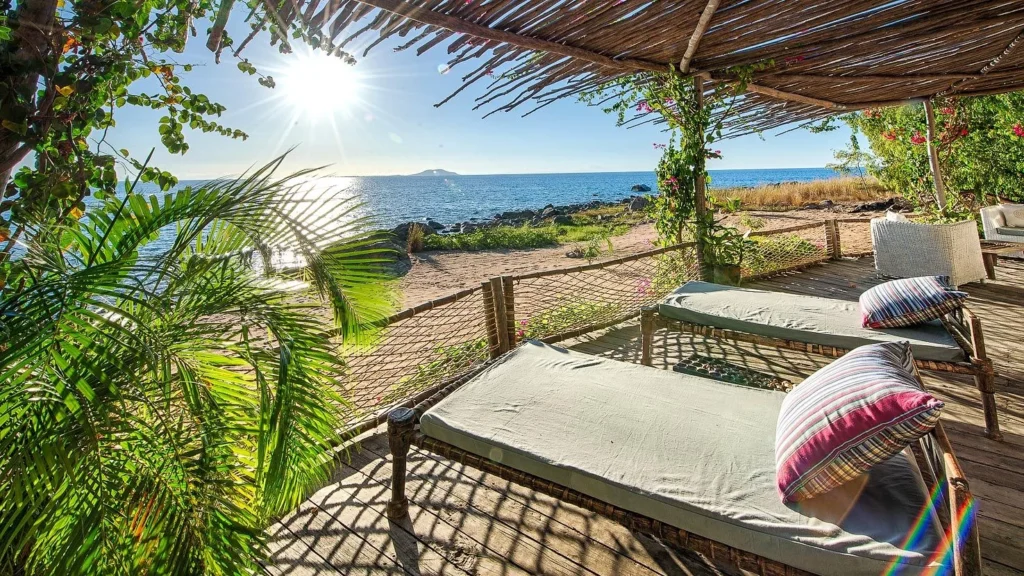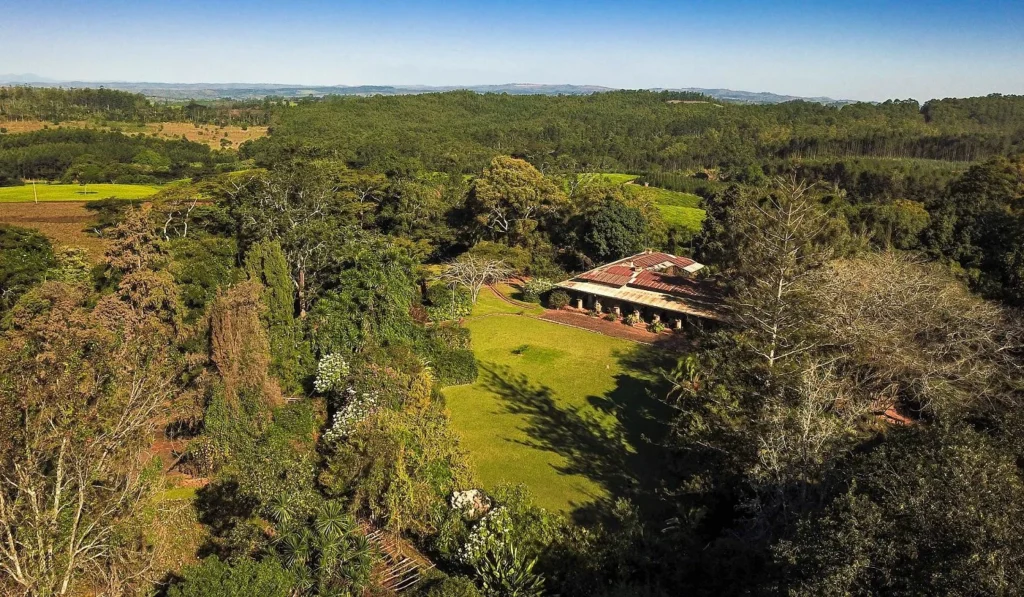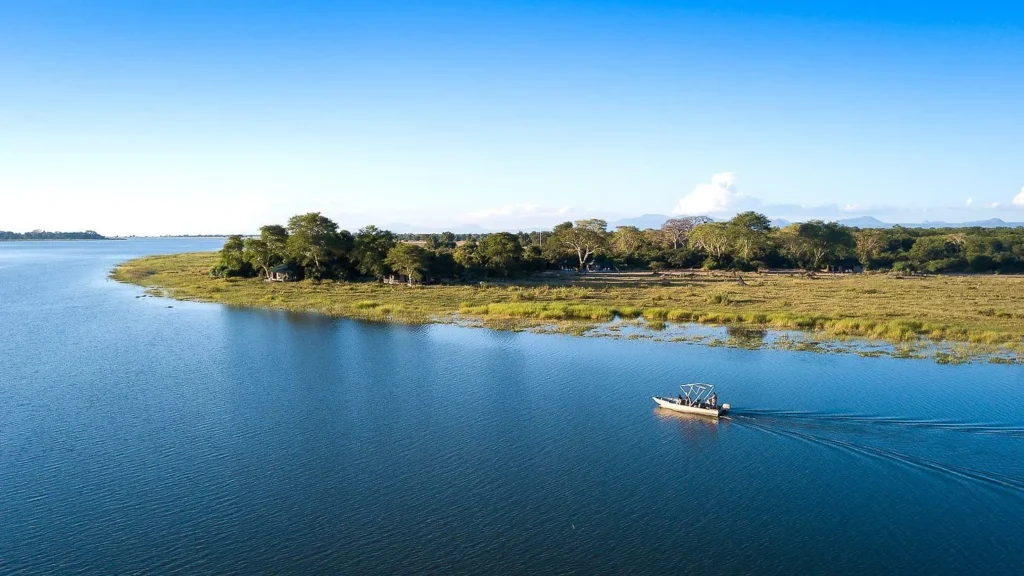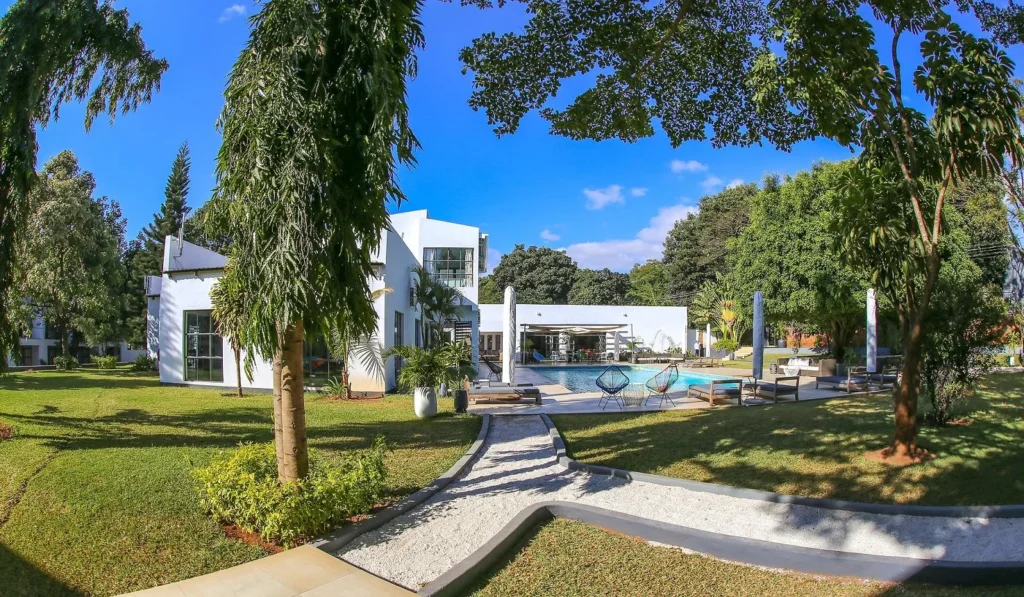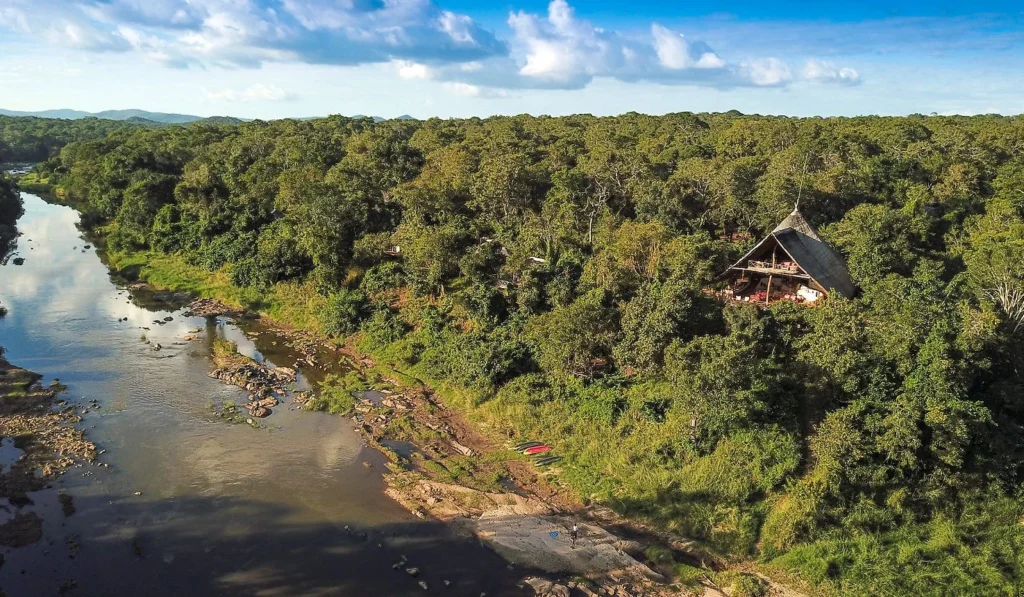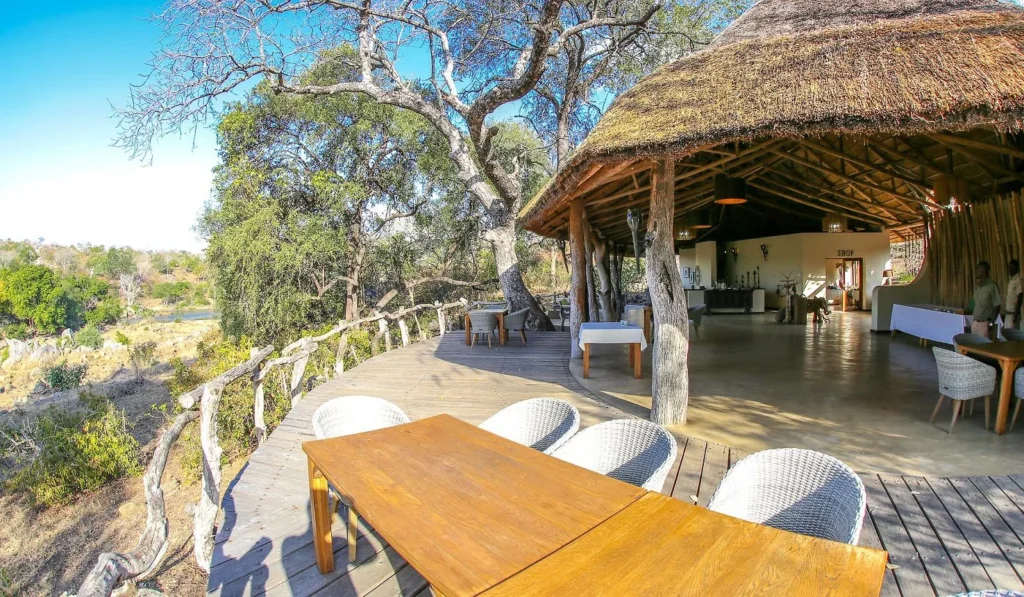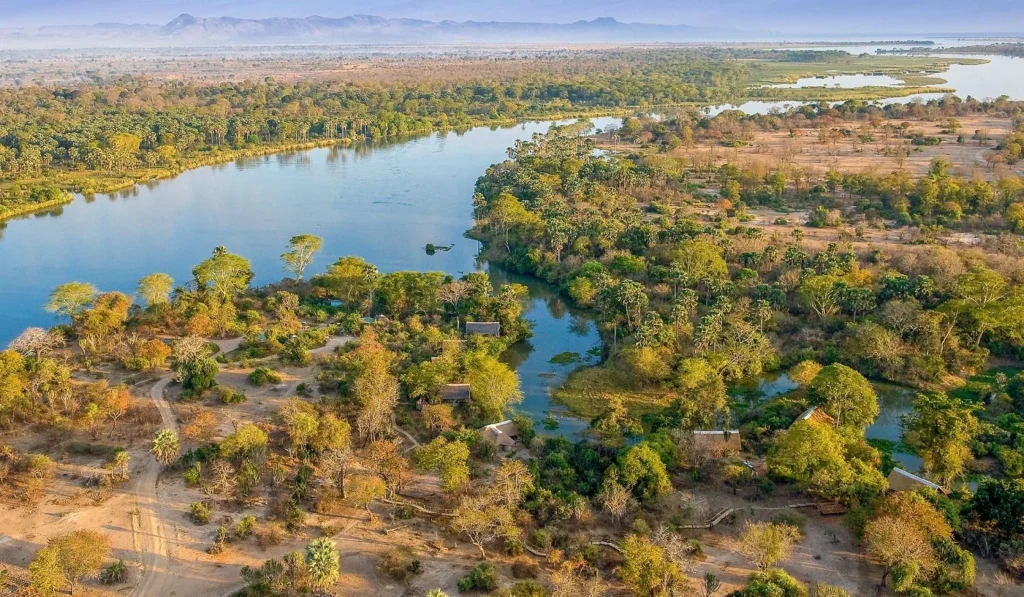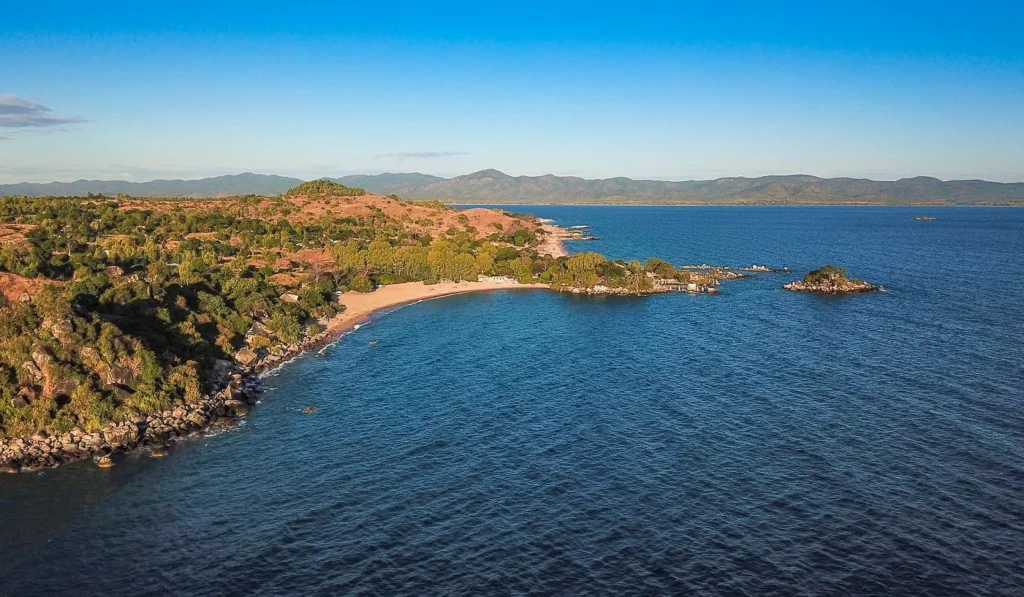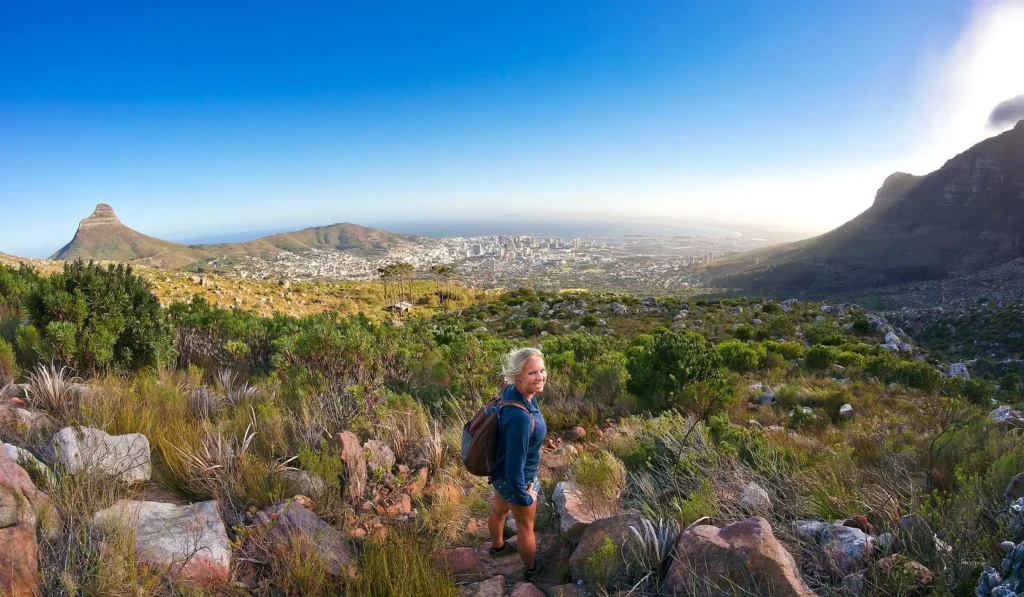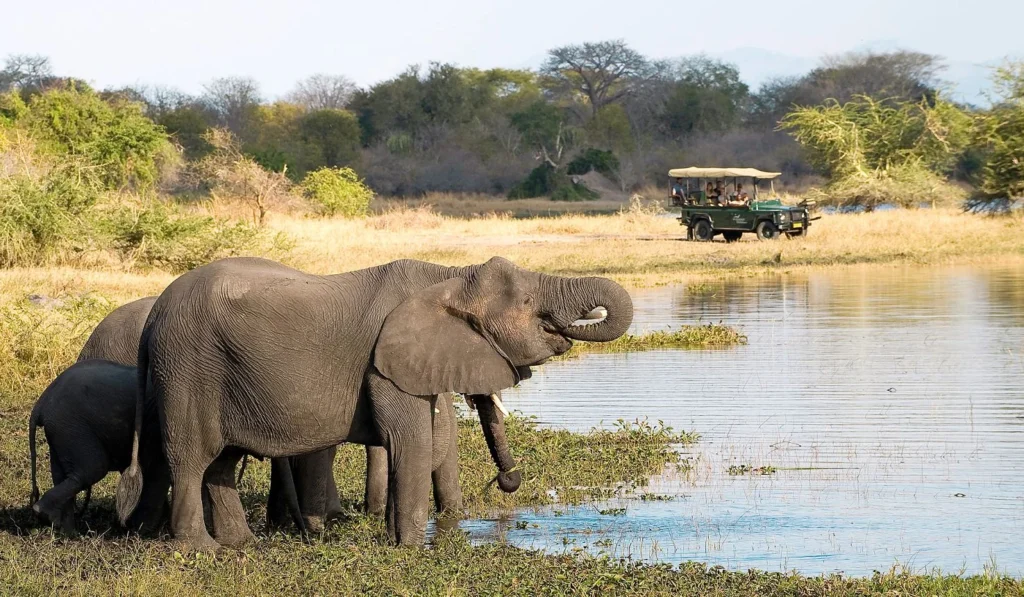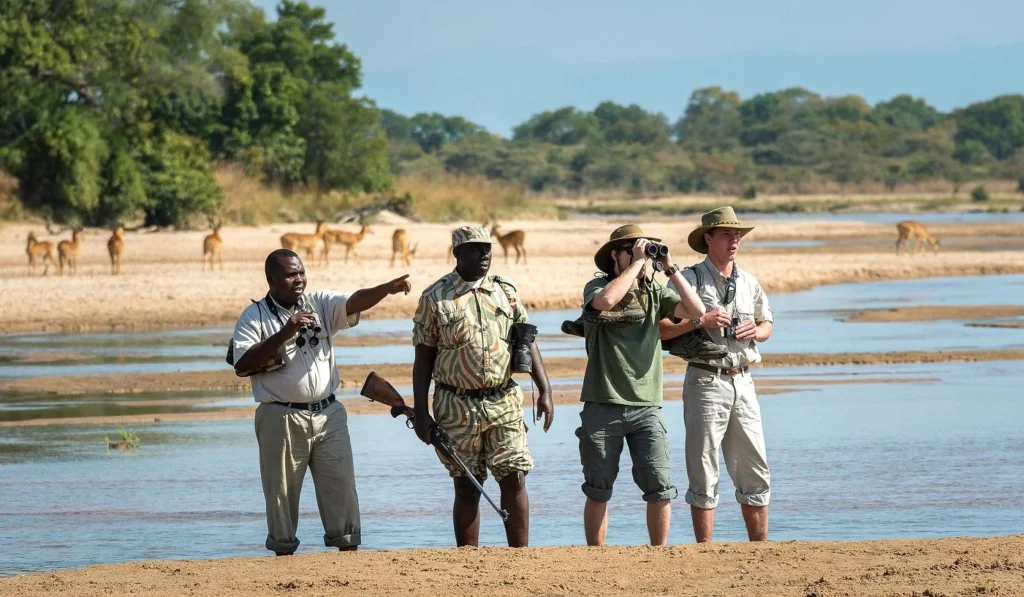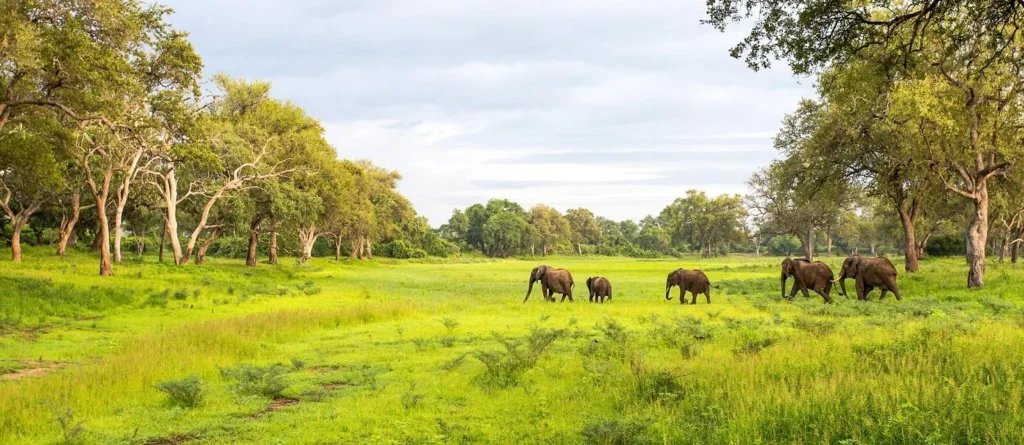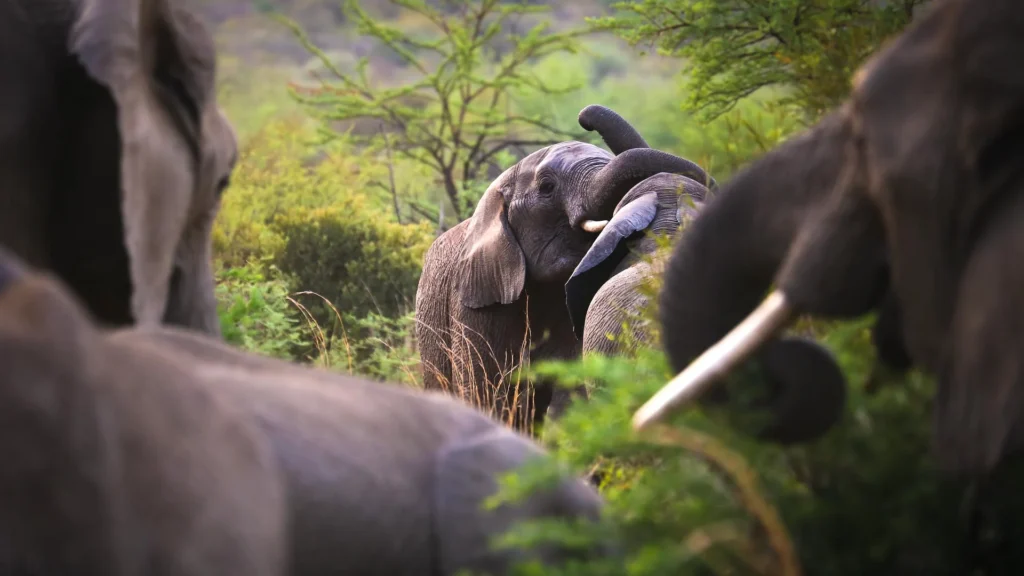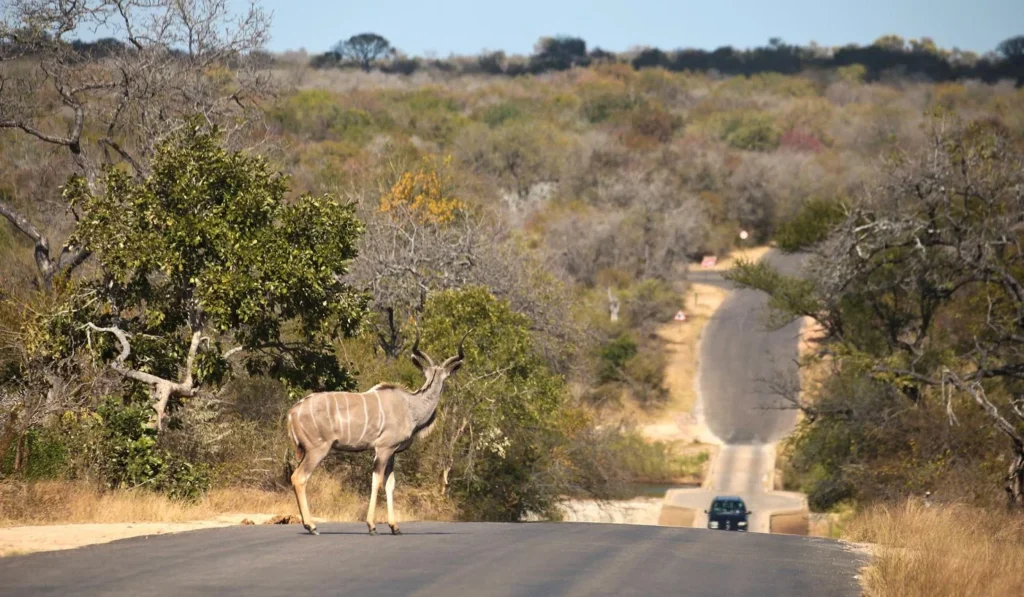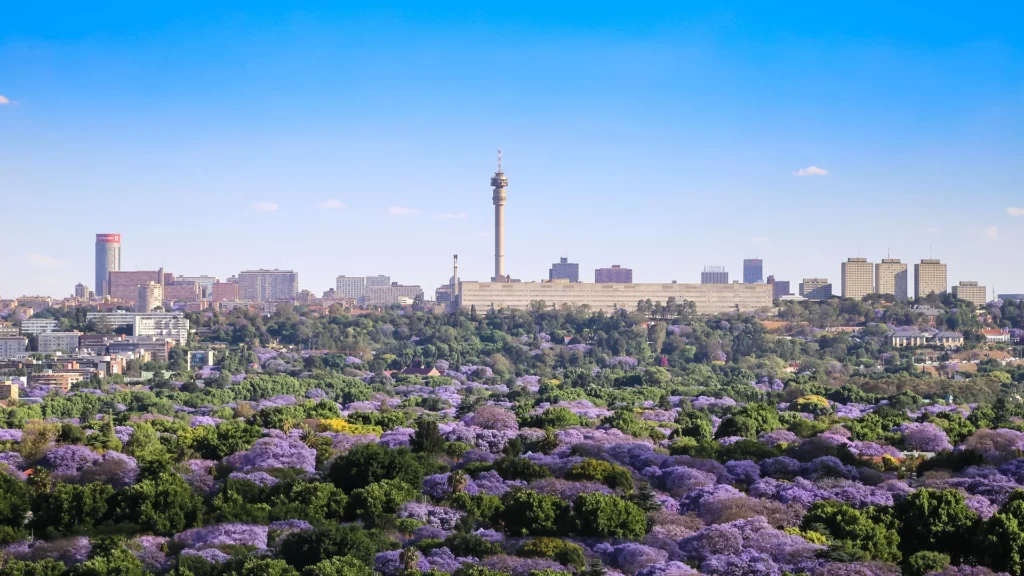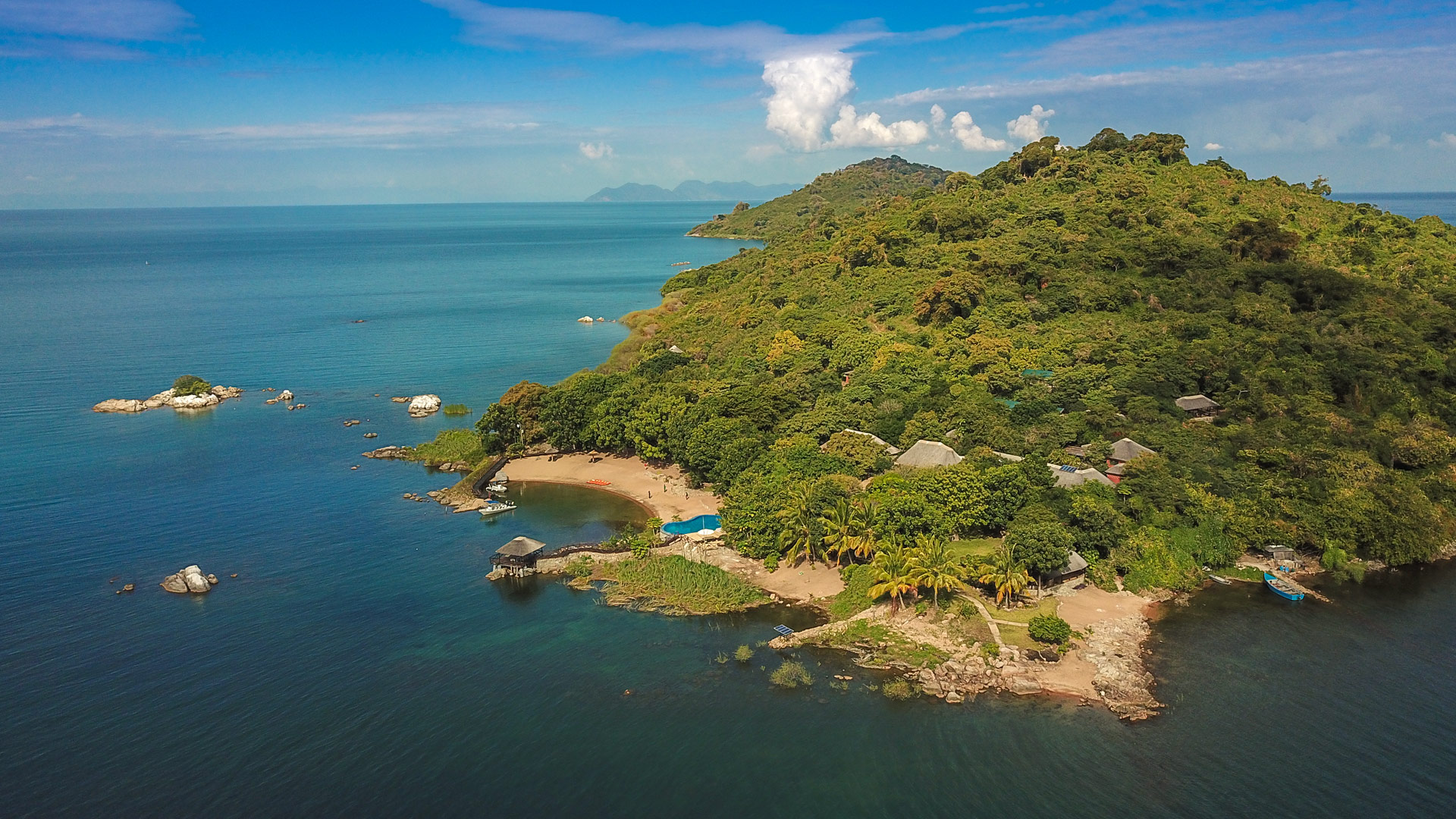
Travel to Lake Malawi
Lake Malawi
is a vast inland sea between
Malawi and Mozambique

a viable beach option for safaris in Malawi and Zambia
Lake Malawi is the most southerly lake of the Great Rift Valley system, known as Lake Nyasa in Tanzania and Lago Niassa in Mozambique.
It is bordered by the countries of Tanzania and Mozambique, but is most commonly accessed from the western shoreline in Malawi, where almost all of the lodges are located.
Geography
At 29,600 square kilometres in area, 560 kilometres in length and 706 metres deep, Lake Malawi is the fourth largest freshwater lake in the world by volume, the ninth largest by area and the second deepest in Africa after Lake Tanganyika.
The lake was created by the separation over time of the African and Indian tectonic plates, which have been slowly moving East Africa further eastwards. The resulting chasm, often referred to as the Great Rift Valley, is therefore characterised by long and deep lakes of this type.
The lake is fed by river systems on all sides, but only has one exit, the Shire River, which flows south through Liwonde National Park and on to join the Zambezi River four hundred kilometres to the south, the confluence lying 100km from the Indian Ocean. However 80% of the lake’s water is lost to evaporation.
History
The first European to ‘discover’ the lake was Portuguese trader Candido José da Costa Cardoso 1846. In 1859 the Scottish missionary explorer David Livingstone named it Lake Nyasa, but subsequently referred to it as the Lake of Storms, after experiencing the area’s famously unpredictable gales that sweep through the area. Both of these explorers arrived from the Indian Ocean via the Zambezi and Shire rivers.
Biodiversity
The lake is home to more species of fish than any other lake in the world, with between 700 and 1000 species of cichlids, of which all but four are endemic to this body of water and its tributaries.
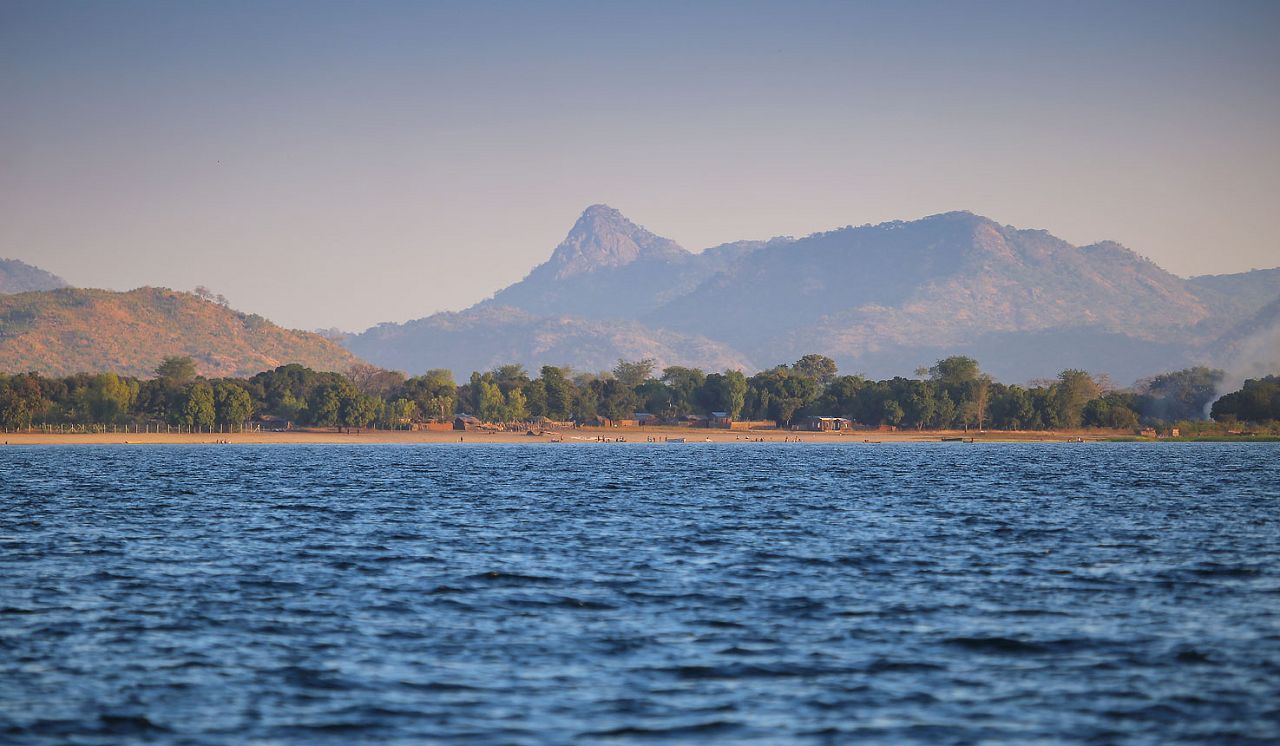
Gallery
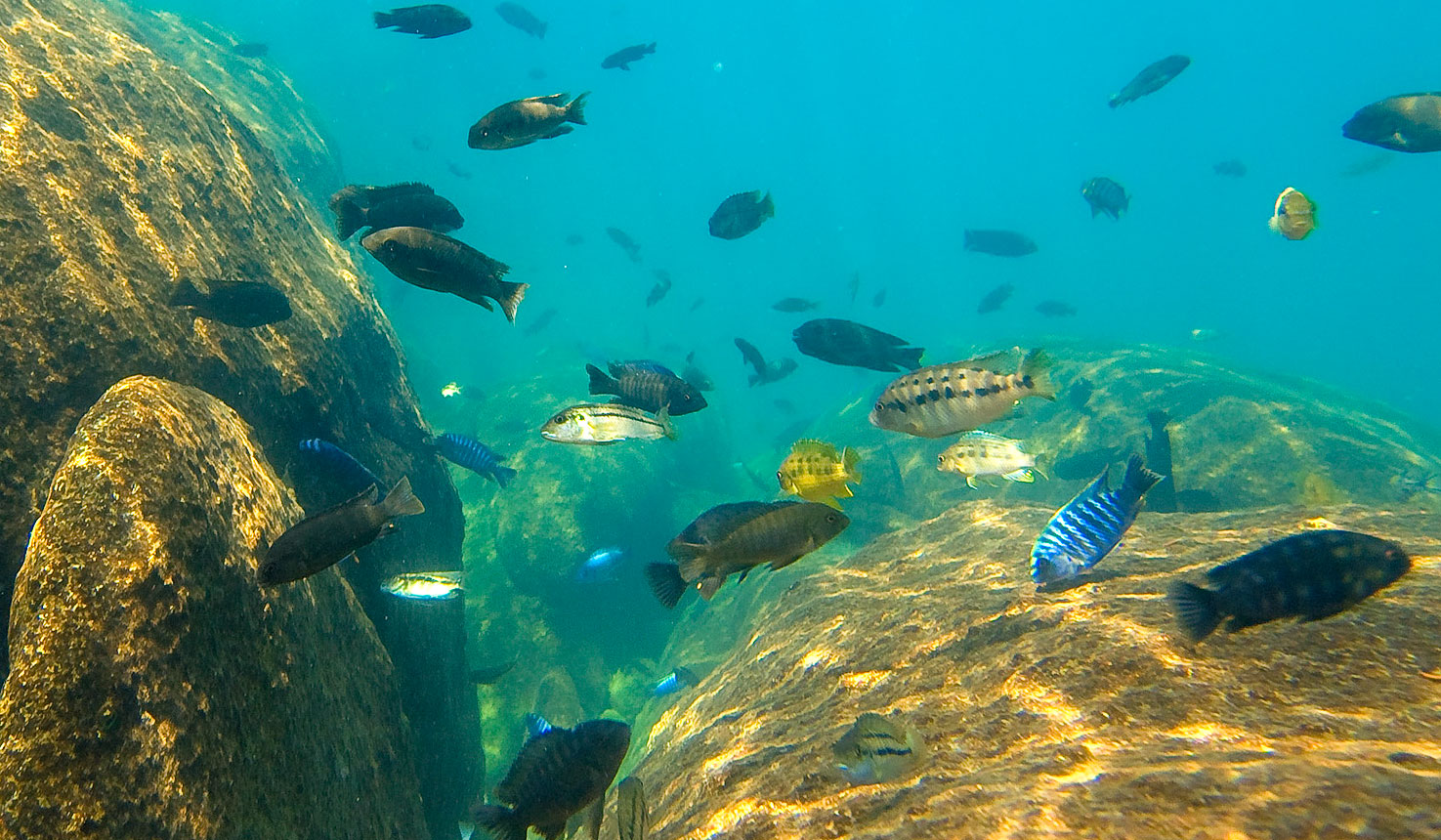
Video
Map
Visiting and travelling around Malawi is relatively straightforward.
The top locations are connected by light aircraft services, which is certainly the most convenient, but also the most expensive way to get around.
Most connections can also be made by means of private road transfers, which are rarely more than 2-3 hours duration in this relatively small country.
There are two main hubs. In the north the airport at Lilongwe is used to connect to Johannesburg, Dar es Salaam and the safari areas of South Luangwa in Zambia. In the south the airport at Blantyre is mainly used to connect to Johannesburg.
The lodges on Likoma Island can only be reached by light aircraft, usually from Lilongwe.
The higher end lodges in the Cape Maclear area can also be reached by light aircraft from Lilongwe into the airstrip at Monkey Bay.
All other lake lodges are usually reached by road, either from the airport at Lilongwe or connecting with the various safari areas around the country.
Where to stay
The lodges in the Lake Malawi area are clustered in three separate areas …
Cape Maclear
At the southern end lies Lake Malawi National Park, which covers an area of 95 square kilometres. The primary purpose of the reserve is to protect the incredible marine diversity and two thirds of the area is lake surface.
The other third of the national park is made up of the Nankumbu Peninsula around the settlement of Cape Maclear and nine offshore islands including Domwe Island, Mumbo Island and Nankoma Island.
The stand-out accommodation option on the Cape Maclear peninsula is the upmarket Pumulani Lodge, whilst the laid back Mumbo Island Lodge is a rather cool option. Blue Zebra Lodge is also on a private island, but closer to the western shoreline than the peninsular.
Western Shoreline
The stretch of lakeshore that runs from Nkhotakota north to Chintheche contains quite a selection of accommodation options, although most are relatively low key and/or aimed at backpackers and overlanders.
Likoma Island
At 18 square kilometres, Likoma Island is the largest landmass in Lake Malawi. It lies around half way down the lake, way over on the eastern side. Although the two islands here lie just 2km from the Mozambique coast and are completely surrounded by their neighbour’s territorial waters, they remain very much a part of Malawi.
At the request of missionary explorer David Livingstone, a major mission station was started here in 1880 and the enormous oversized Anglican cathedral that they built is still in use today.
The island has around 14500 inhabitants, making it one of the most densely populated parts of the country. The main commercial activities are fishing and, increasingly, tourism.
However the landscapes remain pleasantly undisturbed, with large areas of open grassland and lots of impressive baobab and mango trees, as well as some relatively impressive beaches.
The stand-out accommodation option is Kaya Mawa Lodge, which is arguably the premium beach location in the country.
with beaches, diving and some good lodges
let us know your thoughts about Malawi
and we will help you create the perfect safari
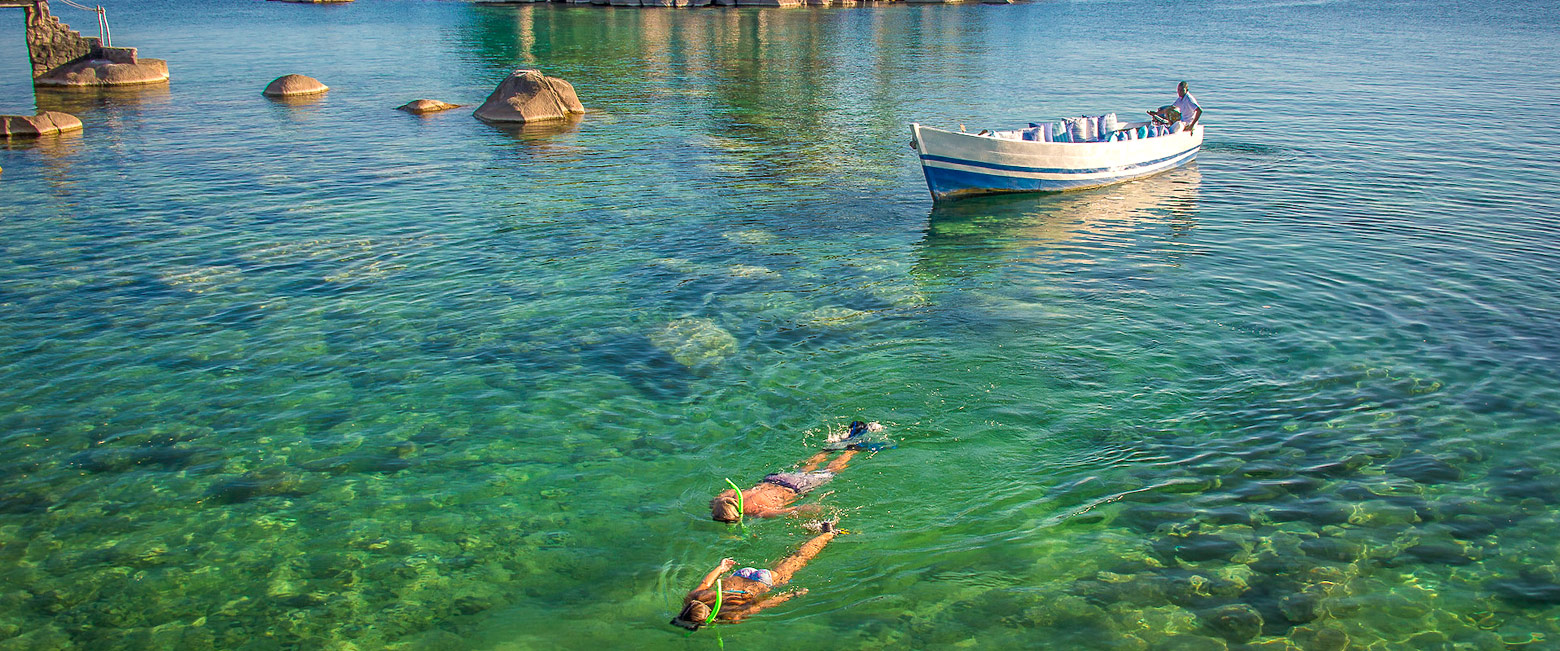
Extraordinary tailor-made adventures,
from earthy and edgy to easy and extravagant
From around USD 2500 per person, you set the ceiling
Sample Trips
Here are some of our popular trip shapes
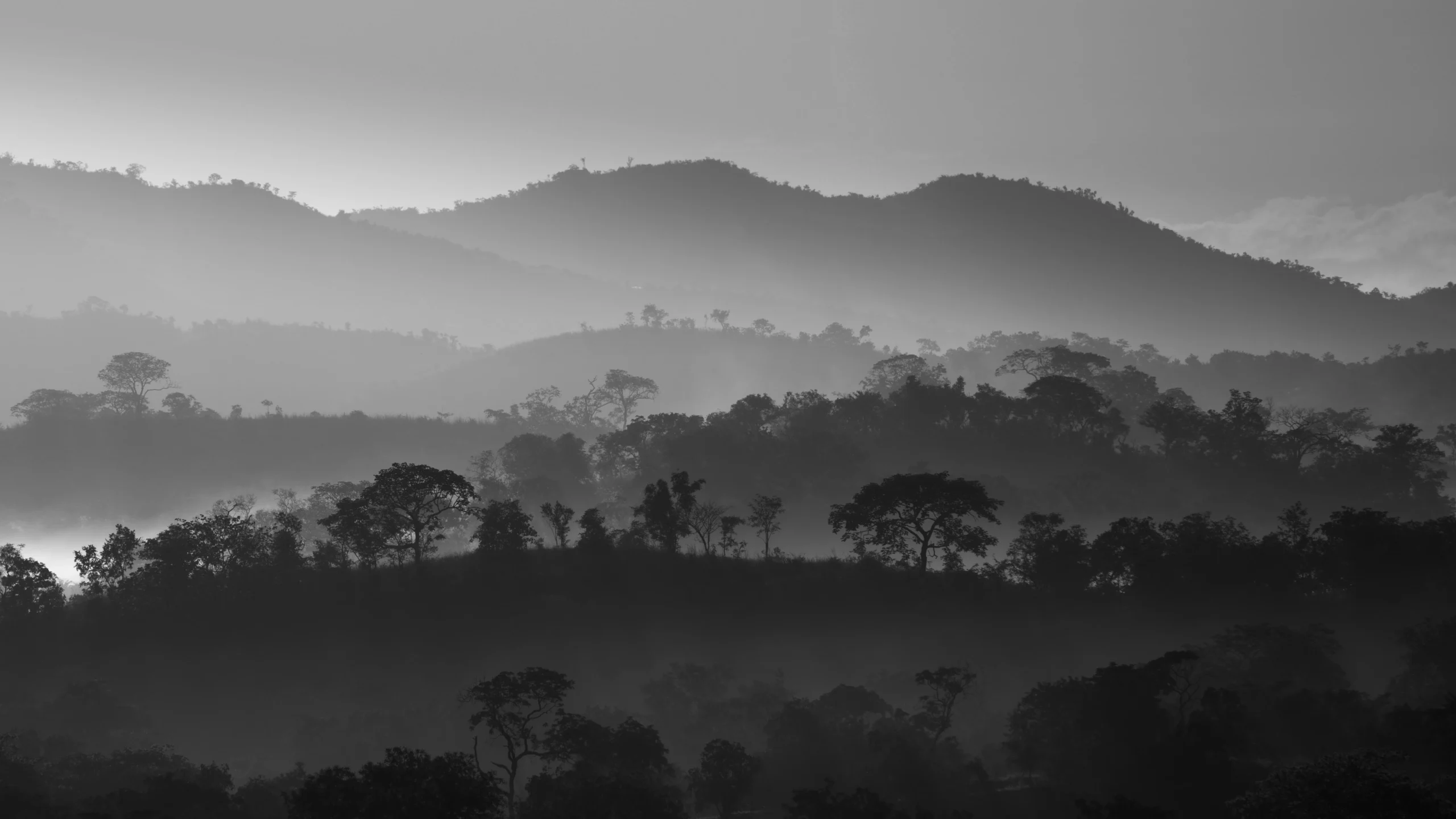
Get started on your trip
It’s never too soon to get in touch, we are here to help with every stage of your planning.
Best Lodges
We regularly inspect and photograph all of the the best lodges, to ensure that we always recommend the most suitable options
Key Locations
Take a look around related locations. Click ‘View more’ to explore locations further afield.
Where Next?
Where Next?
We offer trips to dozens of fabulous countries.
Might one of these might be your next great adventure?

Please rotate your screen.













